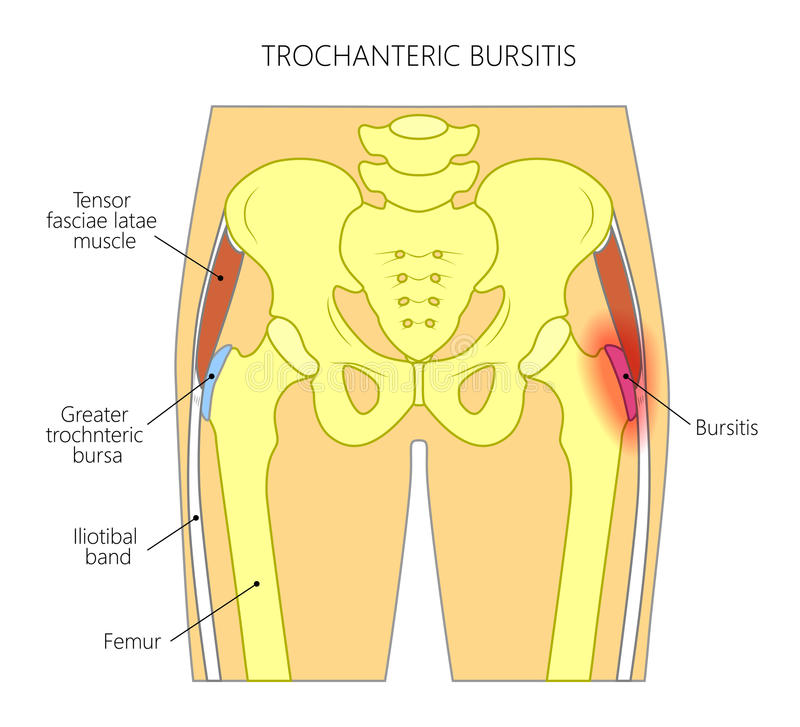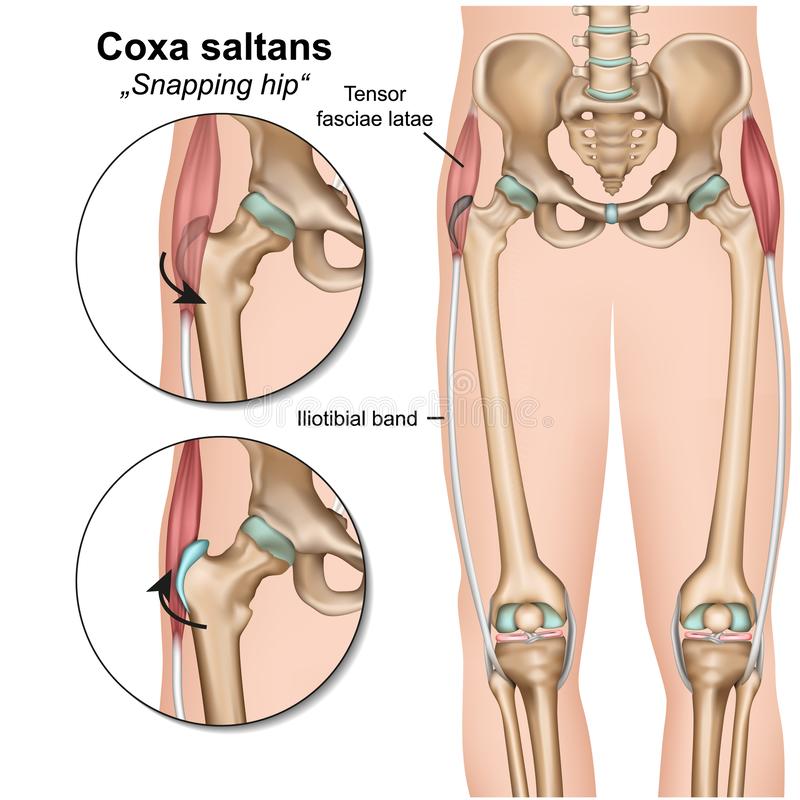Orthopaedic Expert Care You Can Trust

Hip injuries & common causes of hip pain in athletes
Pain in the hip can be a frustrating problem to treat. In the past, the pain was often attributed to a muscle strain or a groin pull. This is definitely the most common cause for hip pain, however, we are learning more about other causes of hip pain that can take you out of action and prevent regular physical activity.
As a young adult hip specialist I see and treat a number of patients with different causes other than muscle strain that has sidelined people from doing the regular exercise. These include
Greater trochanteric pain syndrome (hip bursitis)
The bursa is the fluid lined sac in between muscles and bony bulges. When the bursa gets inflamed it is called a bursitis. There are three bursae between the side of the hipbone (greater trochanter) and the muscles around the hip (gluteus medius and gluteus minimus). Sometimes it’s not just bursitis, but rather degeneration or inflammation of the tendon that is causing the pain located on the outside of your hip. This is called Greater Trochanteric Pain Syndrome (GTPS).


Snapping hip syndrome
There are two forms of snapping hip syndrome. In both cases the tendon snaps over a bony aspect of the hip. External snapping occurs on the outside of the hip and is one of the causes of greater trochanteric pain syndrome. The Ilio-tibial band (ITB) rubs or snaps over the greater trochanter or outside of the thigh bone (see diagram 2 – coxa saltans). Internal snapping occurs when the Iliopsoas tendon snaps over the socket of the hip and is typically felt deep in the groin. In both conditions the snapping can be heard. However pain does not always occur.

Stress reaction and fractures
These usually occur in long distance runners and are more common in females. There is an association with increased intensive workouts. The majority of cases can be managed without an operation with careful attention to reducing the amount of weight put through the leg as well as decrease in physical activity.
Hip labral tear
The labrum is a fibro-cartilage tissue around the rim of the socket of your hip. It has several different functions. A tear in the labrum can occur during sporting activities and especially so if there is a bony problem that means that you are susceptible to tears. The main symptoms are sharp knife like pain in the groin with or without the sensation of keep clicking or catching.
Click to read the article “Your hips don’t lie”
Femoroacetabular impingement (FAI) – Hip impingement
Hip impingement occurs when there is excess bone either around the ball or the socket. This means that when your hip is flexed and rotated that extra bit of bone impacts against the labrum and cartilage. FAI is the leading cause for labral tears. It had been suggested that patients with hip impingement and abnormally shaped ball of the hip are more predisposed to developing arthritis early. However, we only treat patients with symptoms at the present time.
Sports hernias
Sports hernia is most commonly seen in individuals playing sports that require a repetitive twisting and turning motion at high speeds. It is thought to occur due to an imbalance of thigh muscles and a relatively weak muscles of the abdomen.
Osteitis pubis
This occurs due to repetitive pull of muscles over the front of the hip. This is often seen in runners and football players and is usually activity related. The condition usually resolves with rest and anti-inflammatory medication.
Contusions (hip pointer)
A direct impact/hit or blow to the outside of the hip around the pelvis (ileum bone) causes a contusion or bruising off the bone. This is called a hip pointer. Bone bruising can be very painful. Fortunately, surgery is not required and the condition settles with rest, ice and anti-inflammatory medications.
Hip arthritis
I am increasingly seeing patients with arthritis at an early age. Most people don’t realise that the hip joint is actually in the front of the body and hip arthritis manifests itself with groin pain radiating down the thigh to the knee. All athletes can also experience stiffness in the joint as well as pain. X-Rays are used to confirm they hip arthritis. Rest assured, there are number of different techniques I use to try and preserve the joint before proceeding to a hip replacement.
Evaluating hip pain
As always, a careful history and thorough examinations is required to determine the cause of hip pain. As a result of my fellowship training and consultant experience, I am able to perform specialised examination tests. This is important to do, as the hip joint is a deep structure with several different muscles and tendons surrounding it and the source of pain/discomfort can be difficult to diagnose. In the first instance I use X-rays and then depending on my clinical suspicion, other imaging modalities are used such as MRI, CT or Ultrasound.
VIDEO SHOWING THE PRACTICAL EVALUATION OF HIP PAIN
